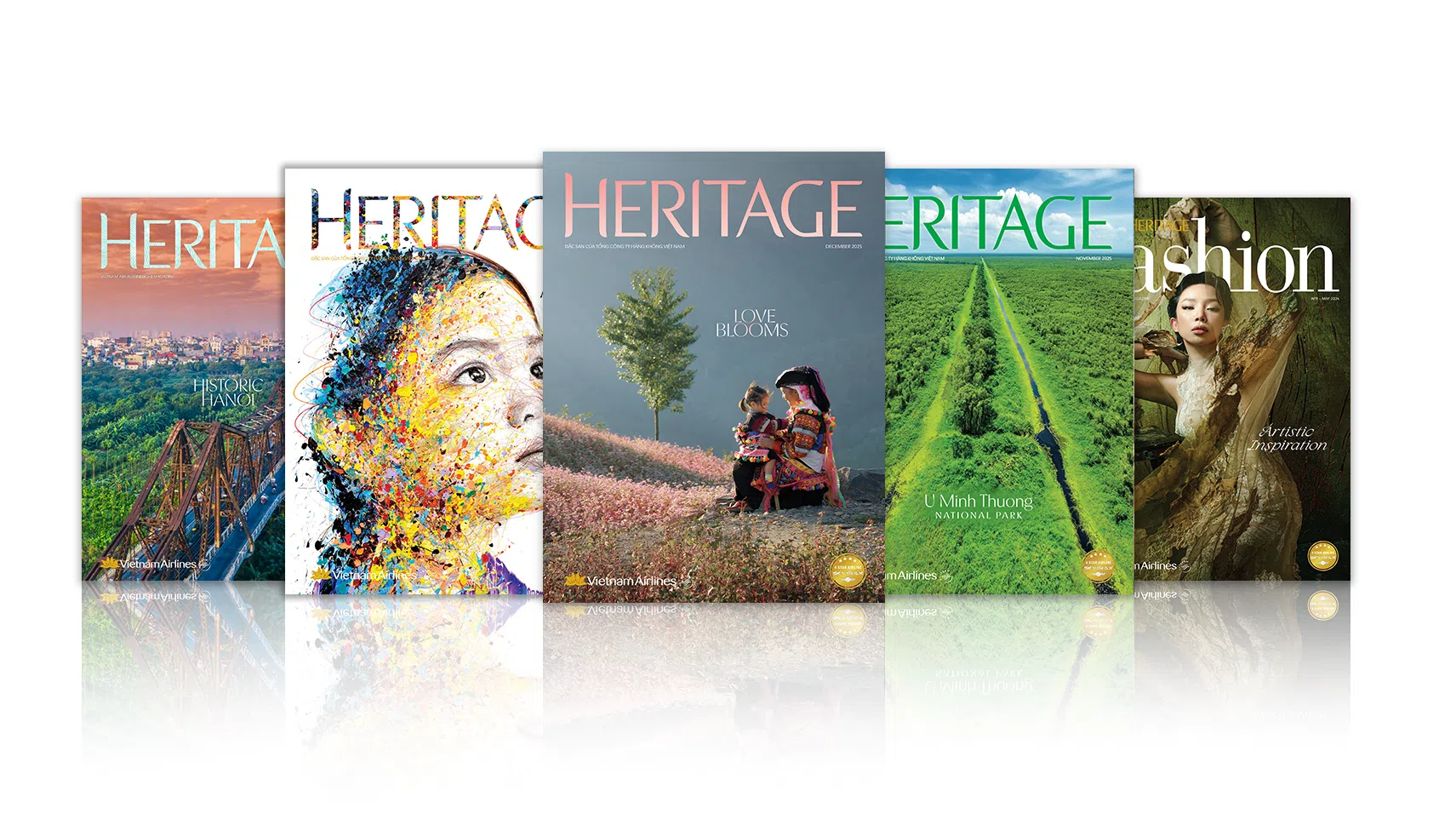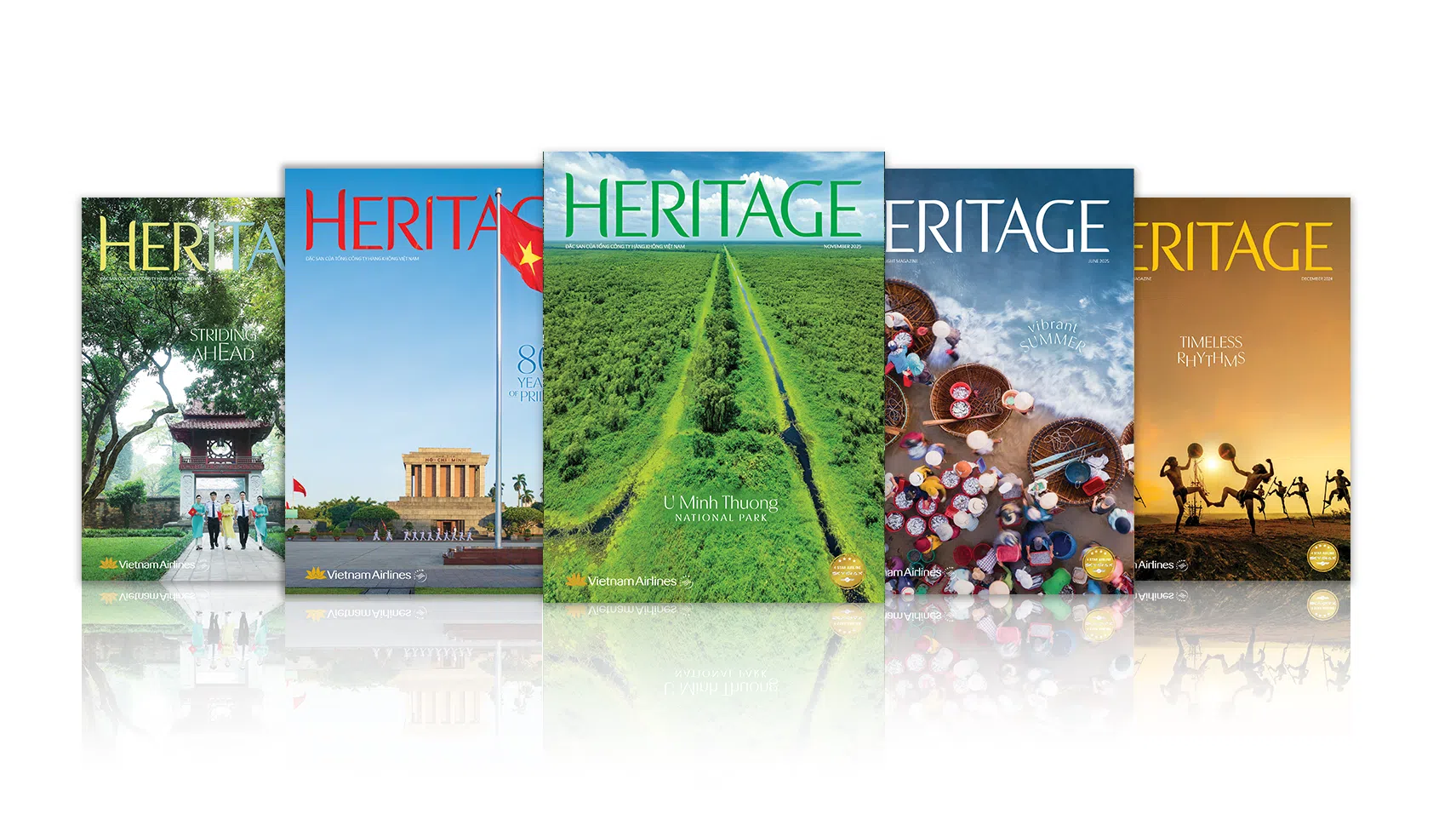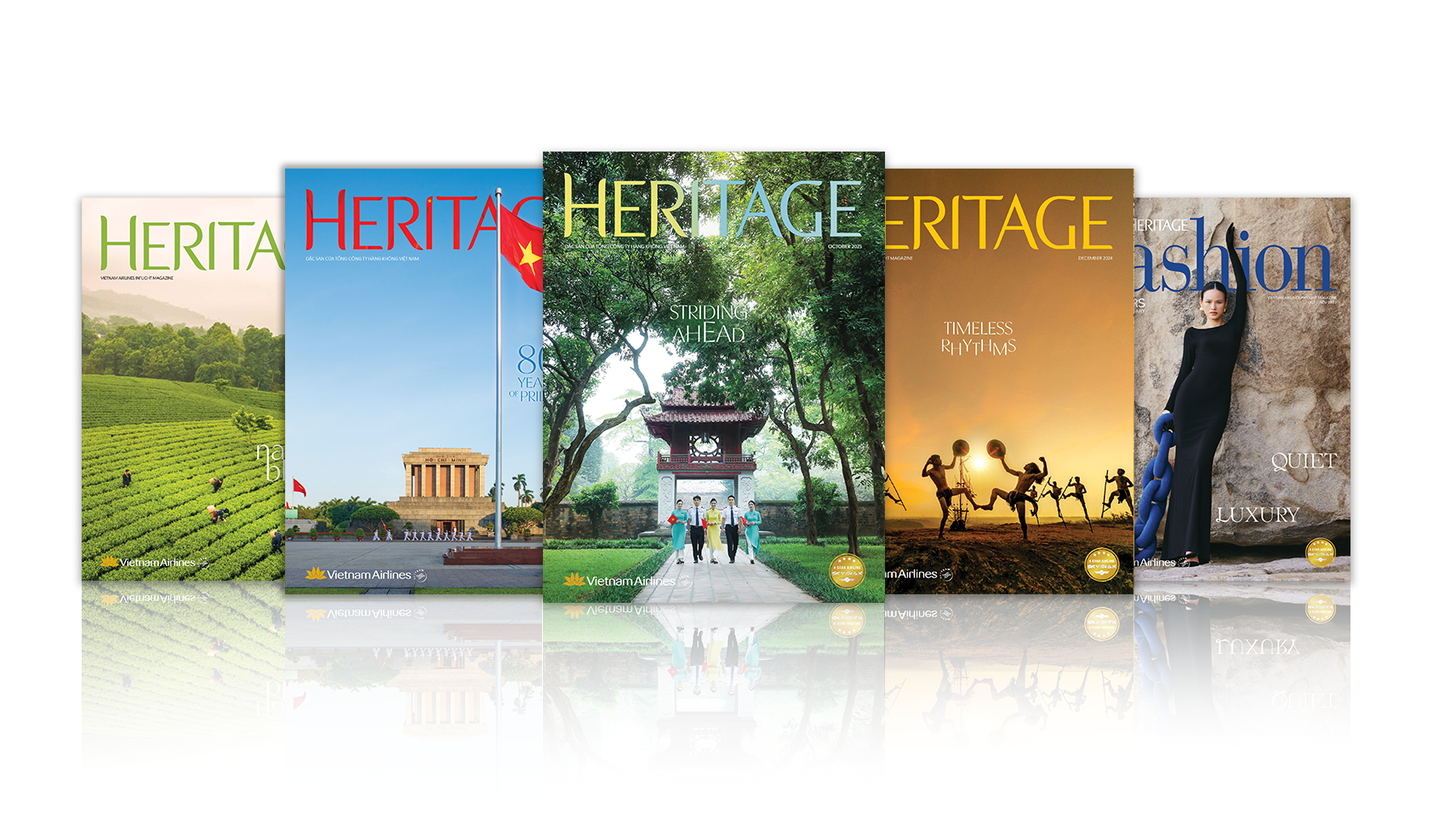Huynh Phuong
This year, the Chinese community in Soc Trang is celebrating the First Full Moon Festival and the “Lantern Competition” in a vibrant traditional atmosphere. Lunar New Year celebrations pale in comparison to traditional rituals marking the first full moon of the year.
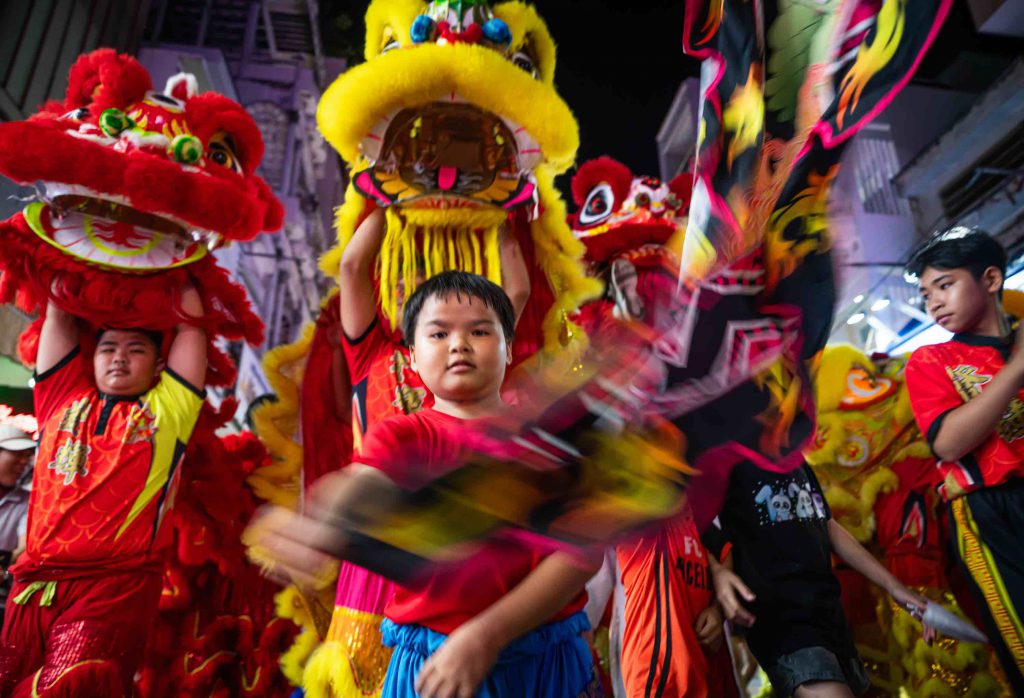
Long ago, when the first Chinese settlers arrived in Vietnam, they introduced their own traditions, thereby enriching the cultural and spiritual values of their new homeland. One of the most iconic cultural events of the Chinese community is the First Full Moon Festival, which takes place each spring on the 15th day of the first lunar month, marking the first full moon of the new year. No other celebrations in the year compare to this day, making it a key occasion for the Chinese community to pray for peace, luck, and prosperity. For generations, Chinese people have considered this day as important as the Lunar New Year for the offering of incense.
Soc Trang province, located at the lower reaches of the Hau River, is a unique cultural confluence of Kinh, Chinese, and Khmer ethnic groups. In the city of Soc Trang, there are over 11,600 ethnic Chinese residents, accounting for 11.6% of the city’s population, according to 2024 data. Like other ethnic groups, the Chinese are committed to preserving their traditional festivals. For this reason, the city government and members of the local Chinese community have organized and recreated the First Full Moon Festival on a grand scale, receiving enthusiastic public support.
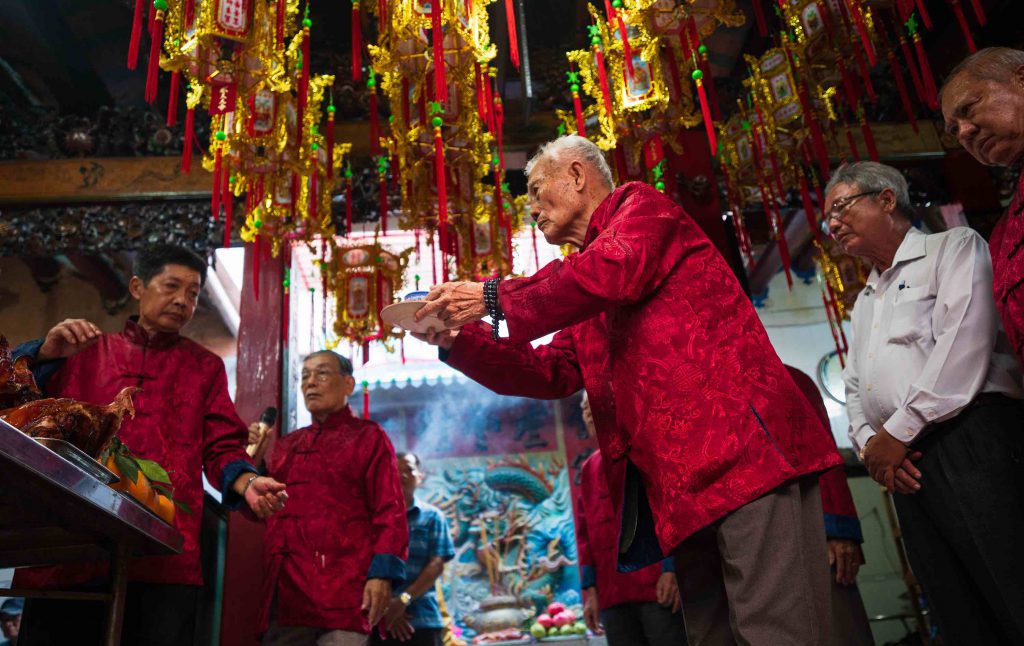
The colors of the First Full Moon Festival
The festival will begin with an opening ceremony steeped in Chinese New Year traditions at Hoa An Hoi Quan (also known as Ong Bon Pagoda, located in Ward 1, Soc Trang City), organized by Soc Trang Provincial Museum in collaboration with the Cultural, Sports, and Broadcasting Center of Soc Trang City and the Chinese Mutual Assistance Association of Soc Trang City. Ong Bon Pagoda, built around 1875 and restored several times, retains its original architecture. On May 12, 2004, the pagoda was recognized as a provincial cultural and architectural relic, becoming a famous spiritual tourism site on full moon days and during festivals and New Year celebrations.
Following the opening ceremony, artisans from the Chinese Calligraphy Club of Soc Trang City will stage a unique calligraphy performance, writing couplets in Chinese characters on red paper to convey educational messages and promote traditional values of humanity, righteousness, propriety, wisdom, and faith, and celebrating truth, goodness, and beauty. These couplets will be gifted to visitors with the hope of bringing good fortune and preserving the beauty of traditions during the festival.
In the evening, there will be majestic lion, dragon, and phoenix dances, along with traditional Chinese music, excerpts from Chaozhou opera, and blessing dances at April 30th Park. The festival’s highlight is a parade along Hai Ba Trung Street leading to Ong Bon Pagoda, with performers accompanied by the lively sounds of horns and drums. Girls dressed in colorful traditional attire will delight onlookers lining the streets.
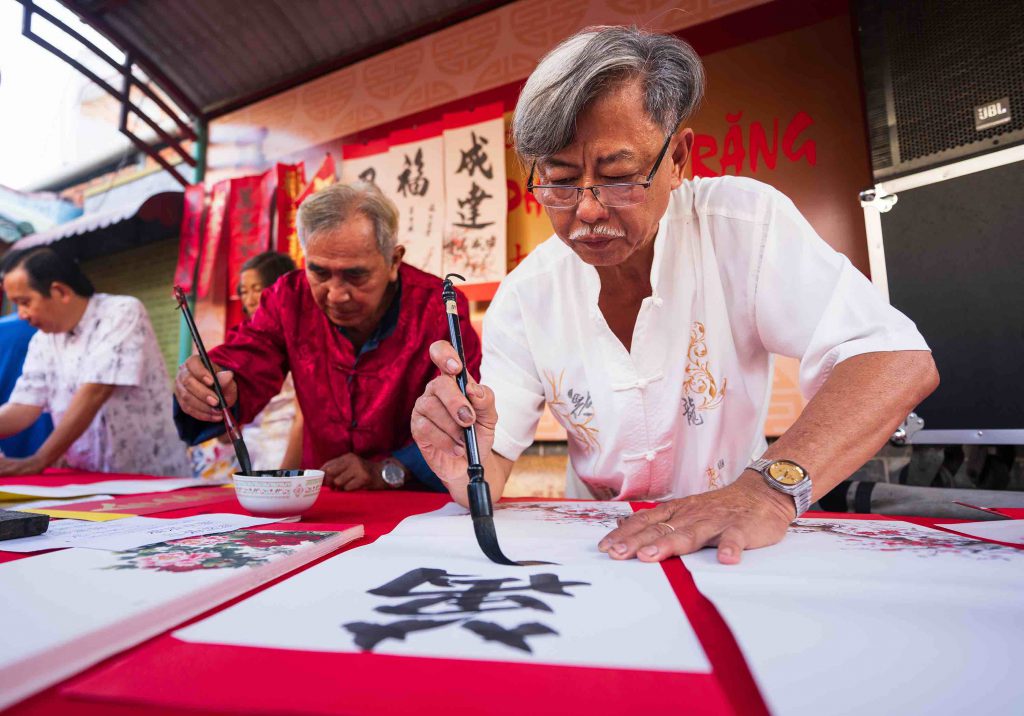
The “Lantern Competition” at Ong Bon Pagoda
To enhance community solidarity and raise funds for charity, the festival organizers will hold a lantern auction at Ong Bon Pagoda. Dignitaries will light incense to offer prayers for the First Full Moon Festival and distribute lanterns. Each lantern carries a unique blessing, bringing significant spiritual value to Chinese businesspeople in the new year.
The First Full Moon Festival and the “Lantern Competition” of the Chinese community in Soc Trang City have practical significance, enriching Vietnam’s cultural heritage. The spiritual and humanitarian values of the activities on the first full moon day inspire people to confidently embrace a successful new year filled with positivity.
The recreation of the First Full Moon Festival is part of Project 6 “Preservation and promotion of traditional cultural values of ethnic minorities linked with tourism development”, within the National Target Program for Socio-Economic Development in Ethnic Minority Areas, from 2021 to 2025.







